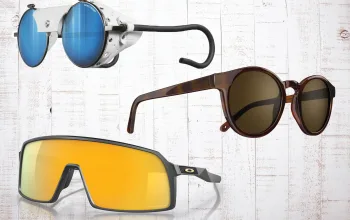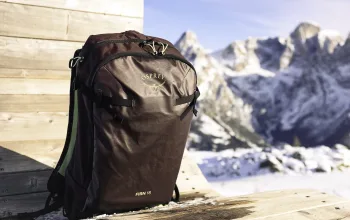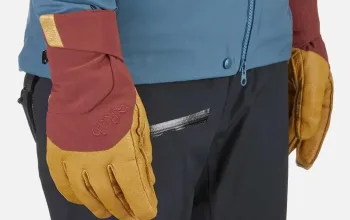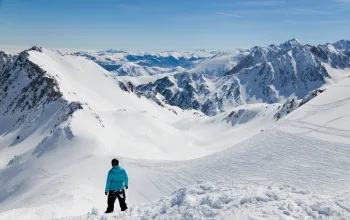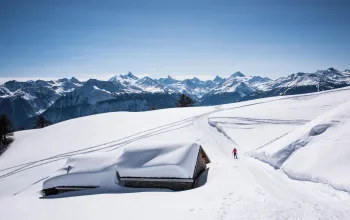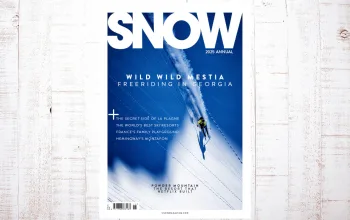We’ll come to how it works in a minute, but first, why DO you need one?
Well, imagine its mid-January, late afternoon and you’re miles from civilisation on your final backcountry run of the day. A couple of turns in you wipe out, lose a ski buried deep in the powder and you can’t find it.
It’ll be getting dark soon, you’ll have to walk miles in thigh deep snow if the ski remains lost and almost as an afterthought you’ll be buying a new pair of skis tomorrow if it doesn’t turn up (assuming you make it home in one piece).
And even if it does eventually emerge after half-an-hour of poking and prodding how popular are you going to be with your mates who’ve had their last run of the day spoilt?
However, if you have a Resqski ski finder with you that lost ski will be located in minutes. The whole set up consists of a small electronic disc or homing tag which fits on the top of your ski with adhesive tape (although the manufacturers also recommend using the screws that are provided too) and a hand held transceiver, which is programmed to recognise your disc and no one else’s – each disc and transceiver work individually with the ski for which they are programmed.
When you start skiing you turn on a small on/off switch on the homing tag. If you lose your ski you take out the transceiver, turn it on and make slow sweeping motions in the direction of the lost ski.
When it picks up the ski the transceiver emits a beep and a small red light flashes; as you get closer to the ski the beeps and flashes get quicker until once you’re right over it they become one long beep/flash.
The system works over a distance of 30m and to a depth of 1m – research has shown that it’s extremely unlikely a lost ski will ever be more than 30m from you nor will it be buried more than a metre deep.
If you’re worried that the transceiver will interfere with your avalanche transceiver fret not, they operate on different frequencies.
If you ski off-piste regularly the Resqski should be top of your Christmas present list – it’s certainly one of the best innovations we’ve seen this winter.




